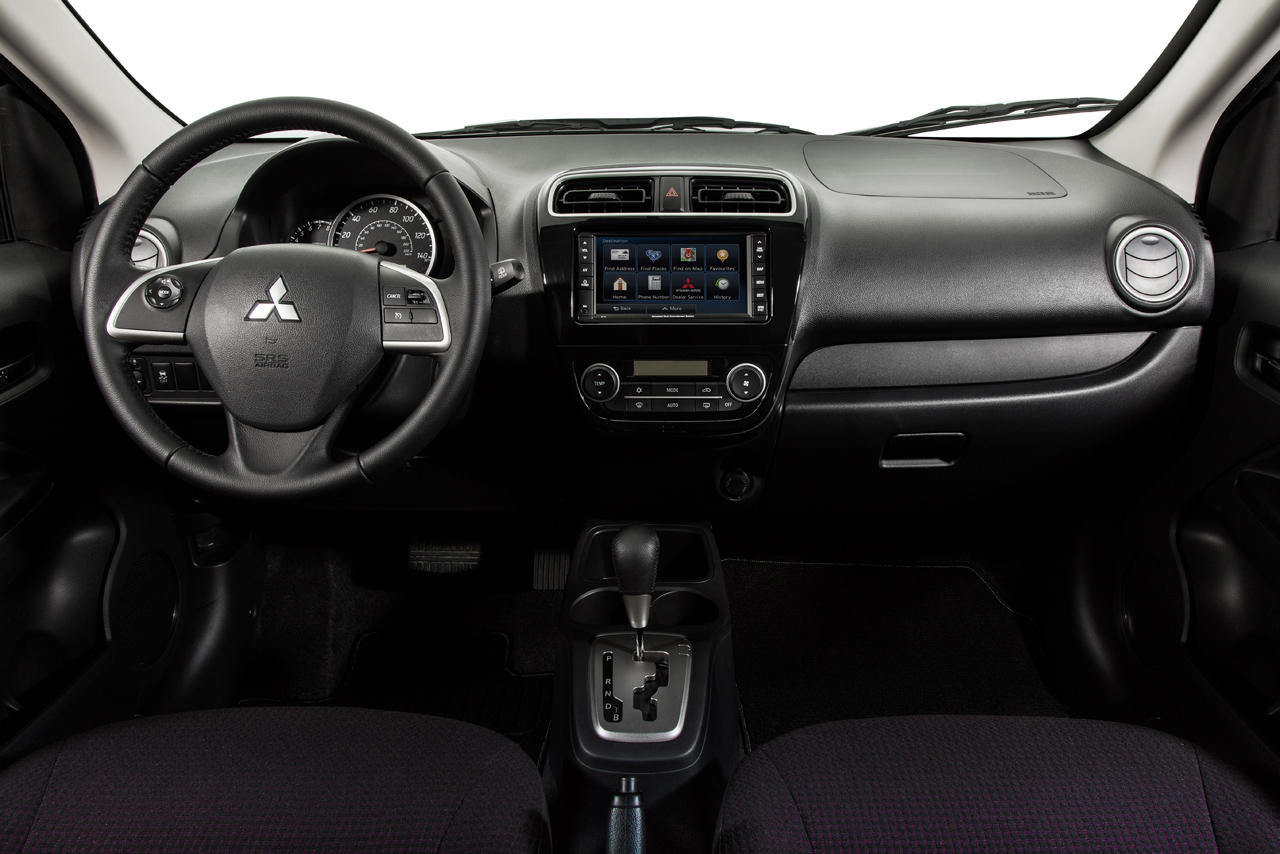In today’s fast-paced world, where commuting and transportation are an integral part of our lives, ensuring vehicle safety has become a paramount concern. The ever-increasing number of vehicles on the road, coupled with various driving conditions and unforeseen circumstances, poses significant risks to drivers, passengers, and pedestrians alike. The need to mitigate these risks and minimize traumatic injuries has led to remarkable advancements in automotive safety technology. Among the most crucial safety features, airbags have revolutionized vehicle safety by offering a crucial line of defense in the event of a collision.

Understanding Airbags
Airbags are inflatable cushions placed in vehicles to protect occupants during collisions by reducing impact forces and minimizing severe injuries. Different types of airbags, such as frontal, side, curtain, knee, and seat-mounted airbags, target specific collision scenarios and protect different body parts.
They work in conjunction with seatbelts to enhance occupant safety by restraining occupants and deploying rapidly when crash sensors detect a collision. The evolution of airbag technology has resulted in more sophisticated systems that can detect various collision types, optimize deployment, and improve gas generation for faster inflation.
Ongoing research focuses on adaptive airbags and pedestrian airbags to further enhance safety. These advancements demonstrate the continued commitment to improving airbag technology and overall vehicle safety.
Enhancing Vehicle Safety
Airbags have a primary objective of preventing severe injuries by absorbing and distributing impact forces during collisions. Crash sensors detect the collision and trigger the rapid deployment of airbags.
Airbags inflate through a controlled chemical reaction, providing a cushioning barrier that reduces the risk of occupants contacting hard surfaces. Proper positioning of airbags in the vehicle, such as frontal, side, and curtain airbags, ensures comprehensive protection for the head, chest, and torso.
Crash sensor technology plays a crucial role in the timely and accurate deployment of airbags. Overall, airbags significantly reduce the risk of severe head, chest, and limb injuries by mitigating impact forces and providing a protective barrier.
Minimizing Traumatic Injuries
Frontal airbags rapidly inflate in the event of a head-on collision, providing a cushioning barrier between the occupant’s head and the vehicle’s hard surfaces. This helps minimize the risk of severe head and brain injuries by absorbing and distributing the impact forces.
Side airbags, positioned in the side panels of the vehicle, play a vital role in reducing head and neck injuries during side-impact collisions. They help absorb and distribute the impact forces, minimizing the risk of traumatic brain injuries and neck whiplash.
Airbags, particularly frontal and side airbags, provide critical protection for the chest and torso. When deployed, these airbags create a cushioning effect, absorbing and distributing the impact forces across a larger area.
Side and curtain airbags are instrumental in shielding occupants from side-impact collisions and rollovers. Deploying from the side panels and roof lining, respectively, these airbags create a protective barrier that helps prevent lateral movement and minimize the risk of chest and upper body injuries.
Knee airbags, located in the lower dashboard area, are designed to protect the lower extremities, specifically the legs, during a collision. When deployed, knee airbags provide cushioning and help reduce the risk of leg injuries by minimizing contact between the knees and the hard surfaces of the vehicle.
While not specific to any particular type of airbag, the overall deployment of airbags can indirectly help reduce foot and ankle injuries. Minimizing the overall movement and displacement of the lower extremities during a collision, airbags can contribute to preventing or reducing the severity of foot and ankle fractures or sprains.
Factors Affecting Airbag Performance
Airbags provide crucial protection during collisions. Here are the following factors:
- Importance of proper seat positioning and occupant detection:
- Proper seat positioning ensures controlled airbag deployment and reduces the risk of injury from excessive contact or force.
- Accurate occupant detection systems enable the airbag control unit to deploy the appropriate airbags with the right amount of force, enhancing safety.
- Influence of vehicle speed and collision severity:
- Higher vehicle speeds may result in more forceful impacts, requiring faster and more robust airbag deployment.
- Collision severity directly affects airbag response, with advanced sensors triggering deployment based on the magnitude of impact forces.
- Impact of airbag defects and recalls on safety:
- Airbag defects, such as manufacturing errors or design flaws, can compromise performance and safety.
- Defects may lead to inadequate inflation, unintended deployment, or failure to deploy, increasing the risk of injuries.
- Airbag recalls address known defects and ensure proper functionality, with vehicle owners urged to promptly address recalls for maintenance or repairs.
Conclusion
Airbags have made significant contributions to vehicle safety by minimizing the severity of traumatic injuries. They have proven to be effective in preventing head and brain injuries, protecting the chest and torso, and reducing lower extremity injuries.
Factors such as proper seat positioning, occupant detection, vehicle speed, and collision severity all influence airbag performance and play important roles in enhancing their effectiveness.
As technology evolves, it is crucial to remain vigilant about airbag defects and recalls, promptly addressing any necessary maintenance or repairs. By recognizing the importance of airbags and staying informed about their proper usage and functionality, we can continue to prioritize safety on the roads and work towards minimizing traumatic injuries for all vehicle occupants.

